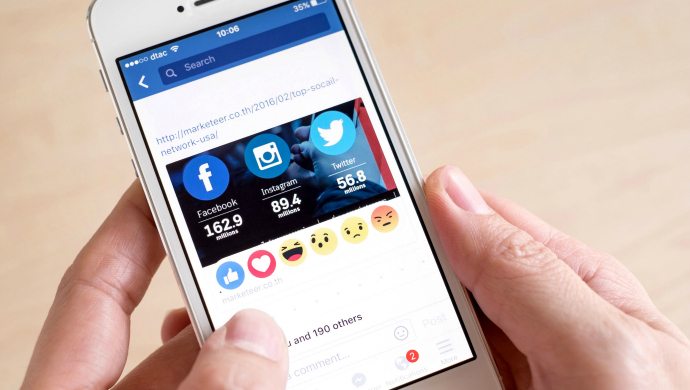The hardest part is knowing where to begin. This will help

So your company is up and running, the product is coming along. It is now time to get the word out and prove product market fit.
Most people start by jumping straight into Google Adwords (or Facebook) and pray that five minutes later customers start pouring in, brilliant isn’t it?
Then a week later, entrepreneurs go over the results and run into a million questions; conversions, converted clicks, leads, registrations, installs, all conversions and why do all these numbers differ between Google Analytics, Adwords and Facebook reporting? And which ones are important?
In the best case scenario Founders recognize the discrepancies and conclude, well, they can’t really draw any conclusions.
In the worst case, they look at the data and make decisions that will be very costly once the company begins scaling campaigns.
It is the typical ‘garbage in garbage out’ situation where Founders forgot to think about the foundations, often because it is boring and cumbersome to implement. Think broccoli, not a fruit salad.
Having a clear plan of what to measure and understanding platform differences is essential in helping avoid making a fruit salad.
Here are some simple tips to get started right:
Measure what matters
Consumers move through products in a funnel, from everyone who lands on on the website to the most loyal customers who make repeat purchases.
Thes funnel can be broken into five major events, ranking them from most to least number of people. A typical example for e-commerce would be:
All Visitors—>Product View—>Registration—>Add to Cart—>Purchase
Now, set up the tracking accordingly.
Google Analytics this means setting goals for these events. On Facebook it is helpful to use the standard or custom events which will also automatically create audiences for easy retargeting later.
If the startup has built a mobile app, it’s important to make sure the events correspond as closely as possible to web events, so Founders can compare apples to apples later on.
For a clear comparison of Adwords vs. Facebook, implement the Adwords tracking code as Google Analytics conversions are session based. Compare the total number of conversions exactly to the data seen on Facebook (Google Analytics should be lower depending on product and settings).
Set reporting to show the exact same data
To compare campaign performance across platforms, have to look at the same thing being measured (unfortunately, Google Analytics is an unreliable judge).
Let’s get our views to match as closely as possible on both: Facebook default reporting uses a 28 day click through and 1 day view through window. Running campaigns targeting a large audience will artificially inflate the numbers.
Use what makes most sense for the business but a good rule of thumb is to set Adwords to 30 day non-unique click through and Facebook to 28 days click though with no-view through.
Do use the Adwords pixel, not a Google Analytics imported goal because the Adwords will get lost in comparison with Facebook direct performance comparisons.
Unique vs non unique settings will depend on the business but generally it is a good idea to have more rather than less conversions.
Also Read: 5 quick tips for reviving your struggling startup
With these settings, besides the 2 days difference, attribution settings are now the same and a cost per conversion on Adwords is directly comparable to a cost per lead on Facebook.
However, do keep in mind that this does not mean startups are getting the same value out of a campaign.
For example, if the cost per conversion on search engine marketing (SEM) and Facebook are equal, which one should be run? I’d argue for Facebook because of more overall ad views that hopefully create brand recognition.
Be aware of some important Google Analytics limitations
Google Analytics is an amazing tool but all too often marketeers take the numbers for granted without thinking about them. There are a number of important quirks with the platform, here are some which I think are particularly important to keep in mind:
- The standard attribution is “last click non direct“, meaning if the company have any previous record of a direct visitor that channel will get all the credit.
- Facebook attribution on Google Analyics is basically broken, especially for mobile web visitors. Company numbers reported on Facebook and GA will not match and we have seen discrepancies anywhere from 10 to 80 per cent less visitors on Google Analytics. It is an industry-wide known problem and it is probably linked to the in app browser from Facebook.
- Remember Google Analyics is session-based: In the app world we tend to think of unique users but Google Analytics still lives in a web-centric world which has traditionally been based on sessions (of which, Founders can customize the session time). True unique users are harder to get throughout the platform and Goals are triggered only once per session per user: important if you have multiple completions in a session.
Each of the above are worthy blog posts by themselves, but this should help startups get started on the right foot.
Also Read: The less talked about mistakes many entrepreneurs make
Keep it clean, keep it simple and track & report the same things across platforms.
This way the entire company understands the results and you are one-upping 90 per cent of the competition.
—
About: Kenrick is the Expert in Residence, Growth at Golden Gate Ventures where he helps portfolio companies effectively scale digital marketing. He has over 15 years experience in SEO, SEM, Display and App install campaigns and besides his own venture has worked with multiple prominent startups in Singapore. He’s also an active angel investor in the mobile gaming space.
Copyright: weedezign / 123RF Stock Photo
The post Don’t create a fruit salad: 3 essential digital marketing and analytics tips appeared first on e27.